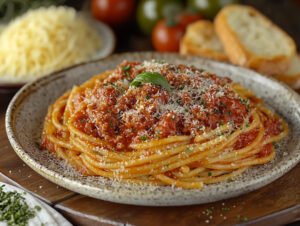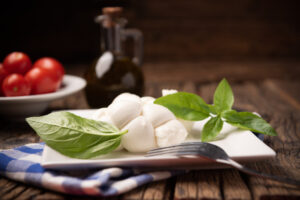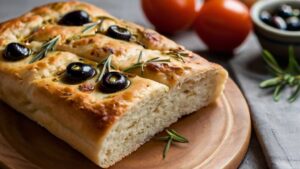The Focaccia Bread – A Journey Through Flavor and Tradition
Focaccia bread, with its golden crust and tantalizing aroma, holds a special place in the world of baked goods. Originating from Italy, this beloved flatbread has captured the hearts and taste buds of people around the globe. Its versatility, rich history, and mouthwatering flavors make it a staple in bakeries, kitchens, and dining tables worldwide. Join me on a journey as we unravel the fascinating aspects of focaccia bread, from its humble beginnings to its modern interpretations.
What is Focaccia?
Focaccia, pronounced as “foh-KAH-chuh,” is an Italian flatbread that hails from the Liguria region, although it is widely enjoyed throughout Italy and beyond. This ancient bread is characterized by its dimpled surface, which is often adorned with various toppings such as olive oil, herbs, salt, onions, tomatoes, or olives. Focaccia dough is typically made from flour, water, yeast, salt, and olive oil, resulting in a soft and airy texture with a crisp crust.
Historical Roots
Dating back to ancient Rome, focaccia bread has a rich history steeped in tradition. The word “focaccia” is derived from the Latin word “focus,” meaning hearth or fireplace, reflecting its humble origins as a bread baked in the ashes of a fire. Initially, focaccia was a simple peasant bread, made with readily available ingredients and enjoyed as a staple food in the Mediterranean diet.
Regional Variations
While focaccia originated in Liguria, its popularity has led to various regional variations across Italy. In Genoa, the birthplace of focaccia, it is often seasoned with fragrant herbs like rosemary and thyme, and adorned with coarse salt. In other regions, such as Puglia and Sicily, focaccia may feature toppings like cherry tomatoes, onions, or anchovies, reflecting the diverse culinary landscape of Italy.
Artisanal Craftsmanship
Crafting the perfect focaccia requires skill, patience, and attention to detail. Artisan bakers meticulously knead the dough to achieve the ideal texture, allowing it to ferment slowly for enhanced flavor development. The dough is then stretched and dimpled before being generously brushed with olive oil and sprinkled with toppings. The baking process is equally crucial, with focaccia requiring high heat to achieve its signature golden crust and pillowy interior.
Culinary Versatility
One of the most enticing aspects of focaccia bread is its culinary versatility. While it is undeniably delicious on its own, focaccia serves as an excellent canvas for a wide range of flavors and ingredients. Whether served as a side dish, sandwich bread, or as a base for gourmet pizzas, focaccia’s airy texture and savory taste elevate any meal to new heights.
Modern Innovations
In recent years, chefs and home cooks alike have embraced focaccia bread as a platform for creativity and experimentation. From unconventional toppings like caramelized onions and balsamic glaze to fusion-inspired variations featuring ingredients from around the world, the possibilities are endless. Social media platforms have also played a significant role in popularizing modern interpretations of focaccia, with hashtags such as #focacciaart showcasing stunning designs and elaborate presentations.
In conclusion, focaccia bread stands as a testament to the enduring appeal of simple yet delicious foods. From its humble beginnings as a rustic peasant bread to its status as a culinary staple enjoyed worldwide, focaccia continues to captivate food enthusiasts with its irresistible flavors and timeless charm. Whether you savor it in its traditional form or explore innovative interpretations, one thing is certain: a slice of freshly baked focaccia is always a delight for the senses.
Try the Focaccia bread from Racy Pizza.


 22 Chapel Ash, Wolverhampton, WV3 0TN
22 Chapel Ash, Wolverhampton, WV3 0TN




